60 Minutes climbs aboard for a look at the very near future of transportation and technology that could eliminate as many as 300,000 jobs, Sunday.



The amazing car pictured is a theoretical concept car that would run for 100 years with only 8 grams of fuel. Such a car would be powered by thorium, one of the densest materials on our planet.
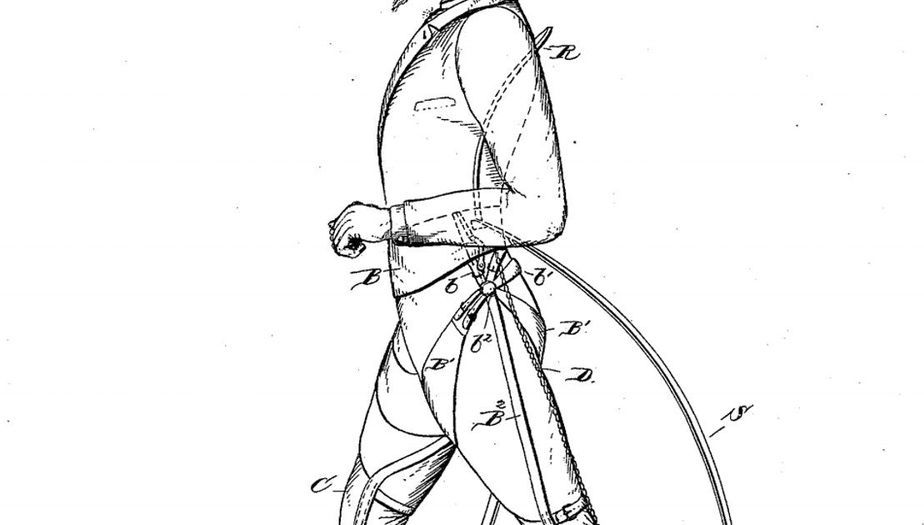
“Cycling is considered a new sport,” he says. “Ice skating is considered a separate event at the Olympic games. As technology develops and performance becomes not comparable to running, we might see this device being considered as an augmentation device that would initiate a new sport.”
As exciting as it is to look forward to a new realm of super-fast sports, there’s always the chance such technology might be used non-recreationally. Braun is aware of the potential for misuse of his spring legs by law enforcement agencies (a group who may benefit from them, per the paper’s abstract).
Braun likens the hypothetical use of his devices to the use of Segways by police forces. They allow for more mobility. But making sure they’re used ethically, is still an open question.
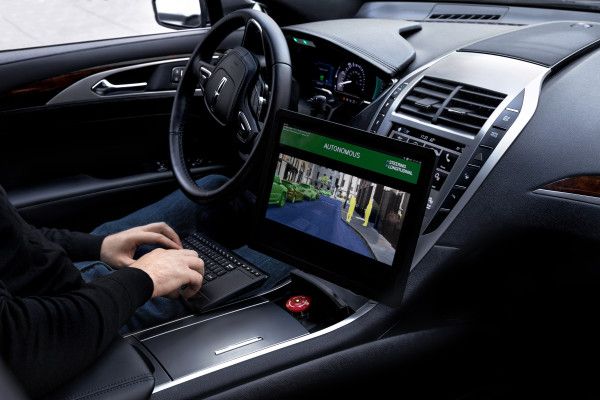
Four years ago, mathematician Vlad Voroninski saw an opportunity to remove some of the bottlenecks in the development of autonomous vehicle technology thanks to breakthroughs in deep learning.
Now, Helm.ai, the startup he co-founded in 2016 with Tudor Achim, is coming out of stealth with an announcement that it has raised $13 million in a seed round that includes investment from A.Capital Ventures, Amplo, Binnacle Partners, Sound Ventures, Fontinalis Partners and SV Angel. More than a dozen angel investors also participated, including Berggruen Holdings founder Nicolas Berggruen, Quora co-founders Charlie Cheever and Adam D’Angelo, professional NBA player Kevin Durant, Gen. David Petraeus, Matician co-founder and CEO Navneet Dalal, Quiet Capital managing partner Lee Linden and Robinhood co-founder Vladimir Tenev, among others.
Helm.ai will put the $13 million in seed funding toward advanced engineering and R&D and hiring more employees, as well as locking in and fulfilling deals with customers.

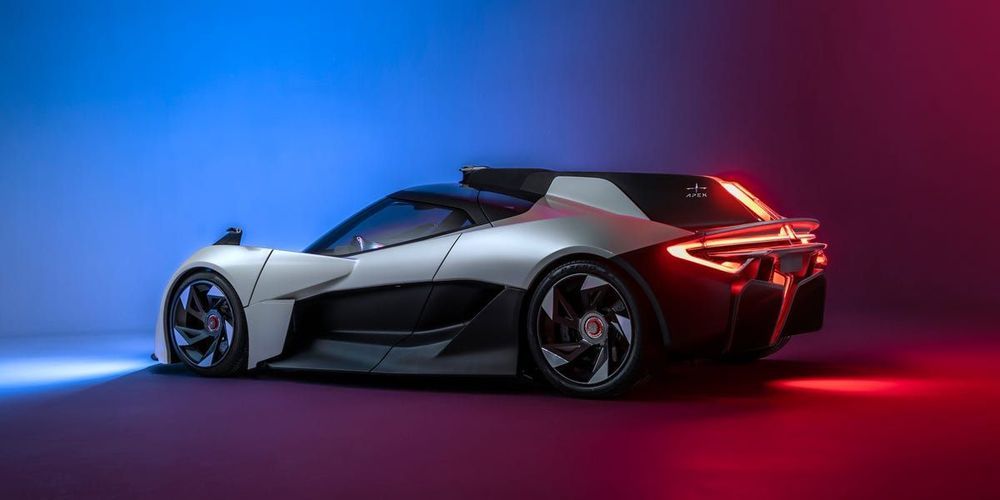
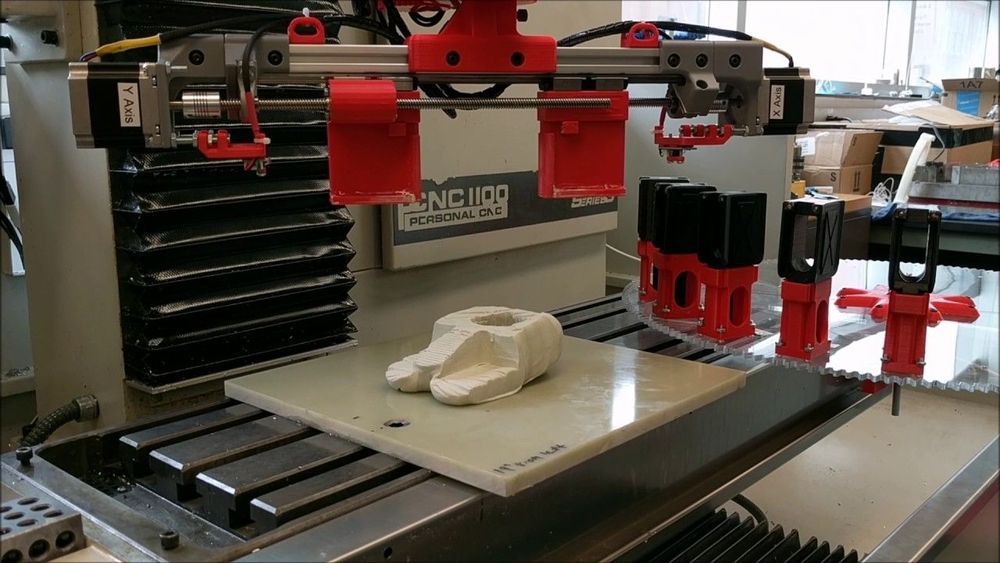
Now a new manufacturing method dubbed “robotic blacksmithing” has the potential to revolutionize the way high-quality structural parts are made, resulting in a new class of customized and optimized products. I am part of a loose coalition of engineers developing this process, a technique I believe can help revive U.S. manufacturing.
Today’s Technologies
Metal parts are used in all kinds of high-performance and safety-critical applications in transportation, mining, construction and power-generation equipment such as turbine engines. Most are made using one of a small number of classical manufacturing processes that haven’t changed much in decades.
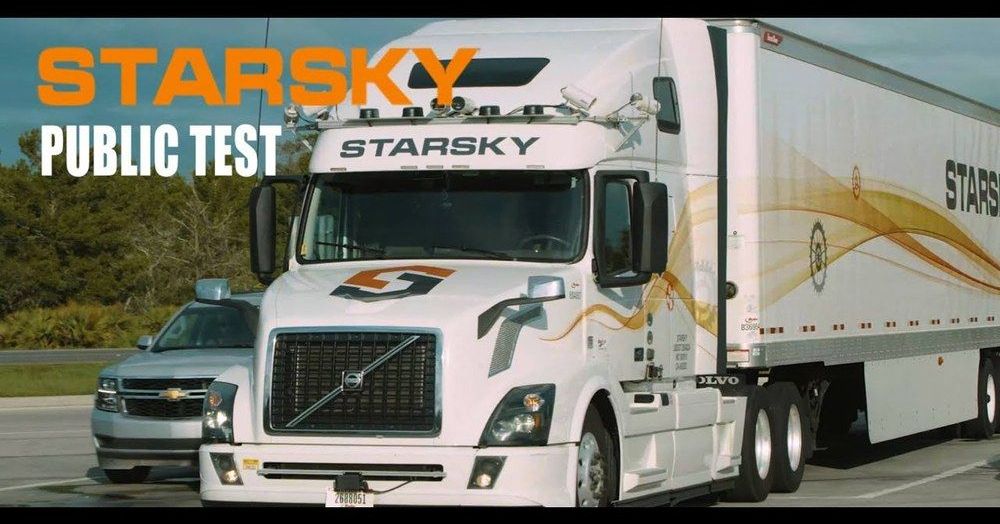
No Autonomous Trucks? Wait, What? ‘…it resembled conventional human-operated transportation vehicles, but with one exception — there was no driver’s cabin.’ — Philip K. Dick, 1955.
Elon Musk’s Traffic Tunnel Challenge Is Boring ‘The car vibrated… threading the maze of local tubes.’ — Jack Vance, 1954.
HVSD, Kitty Hawk’s Electric Plane Very quiet commuter plane offers VTOL service.

Circa 2019
A Tesla owner has put over 1 million km (621,000 miles) on a Model S for the first time and he explains his experience in a video interview.
Hansjörg Gemmingen from Germany is the maniac (with all due respect) who has put so much mileage on his 2013 Model S P85.
He considers driving a hobby and he has put 600 km a day on the car on average.

AI on the mars rover is used to help it navigate the planet. The computer is able to make multiple changes to the rover’s course every minute. Technology behind the Mars rovers are very similar to that used by self-driving cars. The major difference is that the rover has to navigate more complicated terrain and does not have other vehicular or pedestrian traffic to take into account. That complicated terrain is analyzed by the computer vision systems in the rover as it moves. If a terrain problem is encountered, the autonomous system makes a change to the course of the rover to avoid it or adjust navigation.
AI and Space: Made for Each Other
Over the last few years we have continued to see a large effort to commercialize space. Several companies are even looking to start tourist trips into space. Artificial intelligence is working to make space commercialization a possibility and to make space a safe environment in which to operate. The various benefits of AI in space all work together to enable further venturing into the unknown.